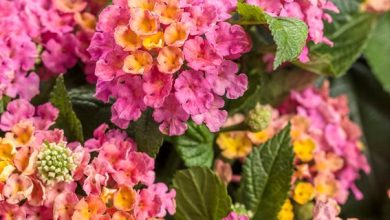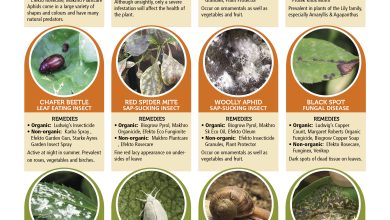When to transplant a plant?
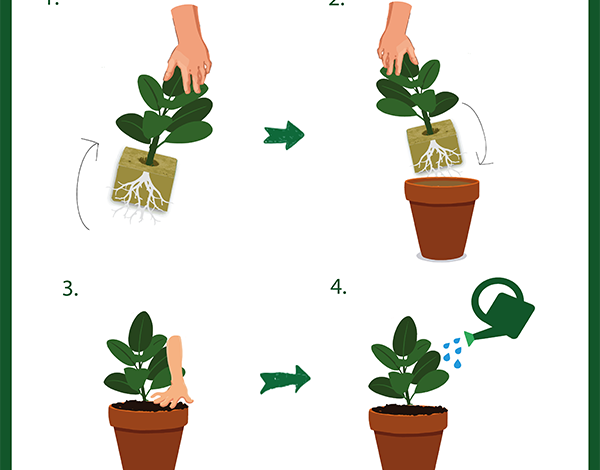
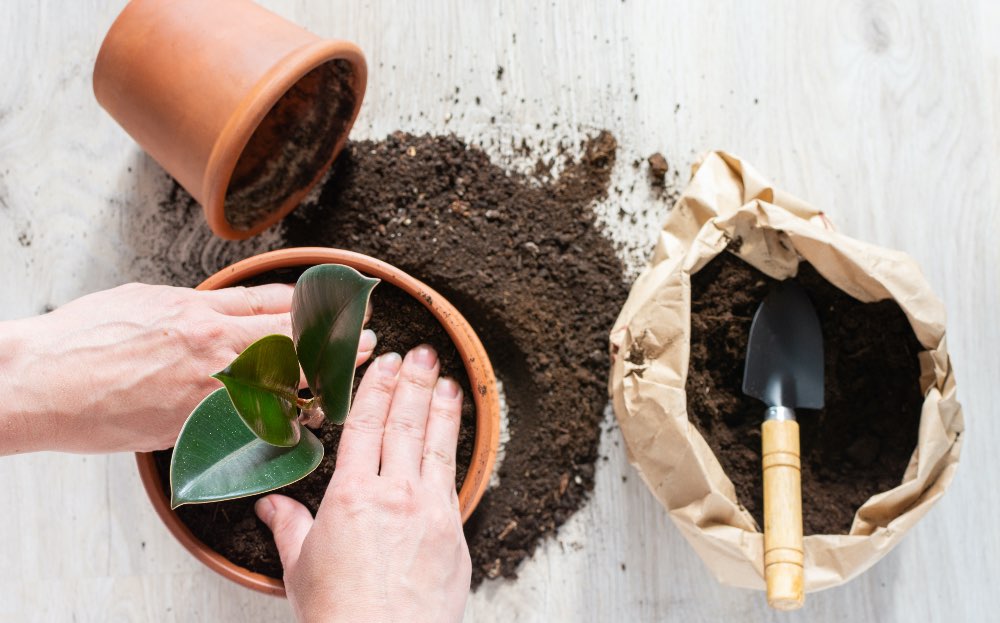
Knowing when to transplant a plant is one of the recurring doubts among gardening lovers. And it is logical: the act of transplanting involves stress that, on occasion, can even put the life of our plants at risk. It is the so-called transplant shock and it occurs, fundamentally, when we do not execute it correctly. Something that is influenced by various factors, but in which there are two of a decisive nature: that we do not do it well or at the right time. For this reason and before the task of transplanting, it is convenient to know some details in depth.
To begin with, nothing to consider it a minor task. Only if we know how to transplant a plant correctly will we achieve with this task that the change of pot and substrate play in its favor. Because, although we can carry it out for aesthetic reasons or for the organization of a green space, the act of transplanting has much more important connotations. Doing so implies, to begin with, knowing which soil is best for plants according to their variety and type. It is not only the soil on which it takes root: it is also responsible for providing it with the nutrients it needs and, even, the guarantee that our plant receives the hydration it demands without excesses or defects.
So let’s see in detail when to transplant a plant taking into account such crucial considerations as, for example, the type of plant it is.
HOW TO KNOW WHEN TO TRANSPLANT A PLANT?
Let ‘s start by knowing why it is so important to transplant a plant. Beyond renewing its nutrients with a new substrate, the fact of having new soil or a slightly larger space to grow can even be decisive for its life. A plant with poor soil or that has exhausted the growing space can weaken and even die as a result. What’s more: along the way and due to that low health, it will become a target for insects and diseases. And, as much as we know how to eliminate pests from the garden or indoor plants, it is more than likely that we will not be able to recover it.
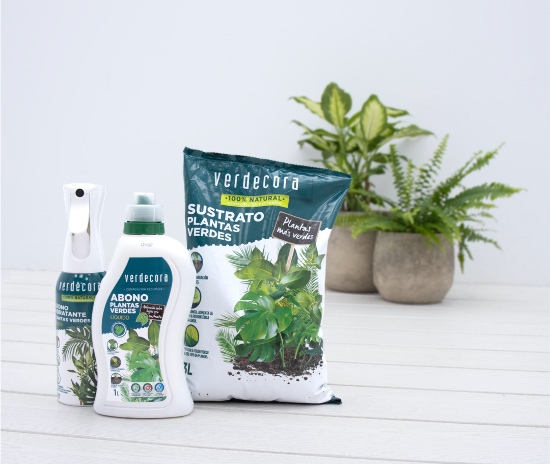
Understanding the importance of this task, it is time to see when to transplant a plant. A question for which there is no single answer but, rather, depends on different aspects that we must assess with each of them individually.
1. The plant has stopped growing
It happens that, sometimes, a plant that until now was beautiful and grew at a good rate stops doing so. It has the same conditions of light, humidity and irrigation; and, probably, we are paying it with the regularity that it implies. And no: we are not in cold months, during which our plant is in vegetative rest.
So, and if it has everything, what could be happening so that our plant does not grow? Simple: it is probably telling us in its own way that the time has come to transplant it. What for us is a «does not grow» is actually the result of a complex sum of deficiencies that become a lack of growth.
2. You know that you have to transplant a plant because the roots have occupied the entire substrate
It is, without a doubt, the easiest way to know when to transplant a plant. If we remove it with the root ball from the pot and with great care, we will verify that the roots have embraced the entire substrate. They surround it completely, thus diminishing the chances of further development and, incidentally, depleting the nutrients of the earth.
3. Roots poke through drainage holes
Another easy way to know when to transplant. When this happens, both with plants that we have already transplanted and with purchased plants, we will have to speed up the change of pot.
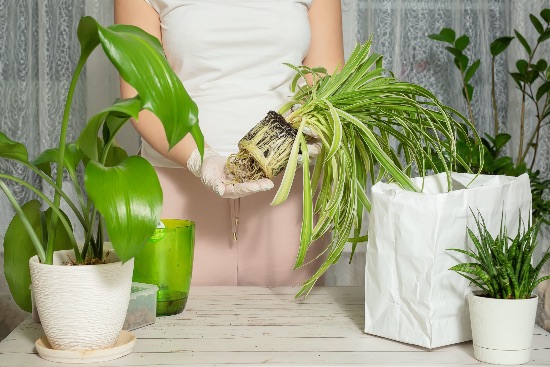
Of course: it is essential that, when removing the roots from the holes, we do it carefully so as not to damage them. If you do it and transplant it without further consideration, it is more than likely that it will get sick.
4. The plant requires it or two years have passed since the last transplant
In general, and with few exceptions, any plant grown in a pot needs a transplant every maximum of two years.
But be careful with this, it has small print. In those mature plants or those that have reached the maximum dimensions of their variety, it is not recommended to transplant. For them and with a view to renewing their nutrients, we will have to make use of two tasks. On the one hand, pay regularly and at the rate that the plant needs. On the other hand, remove the first superficial centimeters of the substrate with the arrival of the first season and add new soil.
WHAT IS THE BEST TIME TO TRANSPLANT A PLANT?
While there is no single answer when wondering when to repot a plant, when it comes to the time of year we can further refine it. Beyond taking into account the scenarios that we saw before, there are two perfect times to transplant a plant: in autumn, and in the impasse between the end of winter and the beginning of spring
If we choose to transplant in the fall, it is important to carry out this task when temperatures have not yet begun to drop sharply. In addition, it is important to know that, at this time of year, the transplant will help our plants to be strong and nourished in the face of the cold months. Our colleague Celia explains how you can carry out this task successfully in just five minutes.
If we transplant in spring, it is important to know that it is a time when our plants have ended their vegetative rest. Something that implies that they resume the circulation of the sap and need nutrients to start their plant growth mechanism. It is important to do it when our plant has not started to create flower buds: it is more than likely that, as a result of this task, it will throw them away without opening it.
WHEN TO TRANSPLANT EACH TYPE OF PLANT?
We insist: when to transplant a plant there is no single answer. However, and beyond everything seen, there are some guidelines by which we can guide ourselves to know when to transplant each type. A small guide that will help us find the ideal time for this task.
1. Newly purchased plants, it is essential to know when to transplant a plant with these characteristics
That we can not the desire! It is advisable to wait between 10 and 15 days before transplanting them. In this way, we will avoid transplant shock and allow them to adapt to the new conditions of our home or our exterior.
In the case of indoor plants, this margin will also allow us to know if it is in the right place for it.
2. Deciduous and evergreen trees
The ideal time to transplant them is just at the end of winter, always avoiding doing it if they have already begun to sprout. In addition, in the case of deciduous trees, we can also transplant them in early autumn.
3. Shrubs
In the case of shrubs, the ideal is to always do it before spring is a fact. Just as important as when is knowing how to plant shrubs for the garden correctly.
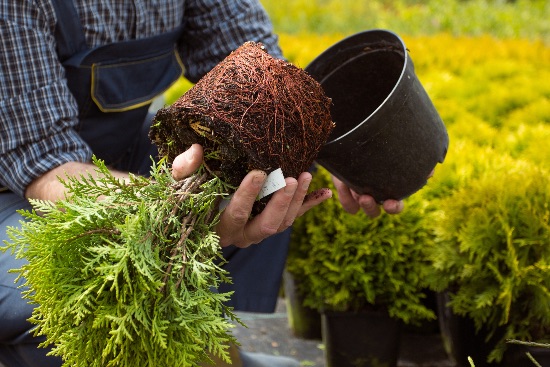
4. When to transplant a plant such as a cactus or a succulent
They are plants mostly of desert origins and, therefore, sun lovers. For them, both spring and summer are ideal times for transplanting. Beyond knowing how to transplant succulents correctly, it is essential to use a specific substrate for them and check the drainage.
5. Palm trees, the great demanders of nutrients
Similar to succulents in their passion for temperature, the ideal time is spring and once the late frosts have receded. In addition, and as long as they are not mature plants, they should be transplanted every two years in order to renew the soil’s nutrients and promote their growth.
6. Garden seedlings
Although garden plants have their own peculiarities depending on the variety, we can be guided by a simple rule to know when it is time to transplant. When our seedling has two pairs of leaves and is around seven centimeters tall, the time has come to plant it in the ground.
7. When to transplant carnivorous plants
Transplantation is somewhat delicate in carnivores, so we will be guided by two premises: that the roots appear through the drainage holes or that it has not been transplanted for more than two years. The ideal time of year is early spring or, failing that, midsummer.
We hope that this little guide to knowing when to transplant a plant will help you do it correctly with yours. A real guarantee to fully enjoy them.

![Photo of Kiri: [Cultivation, Irrigation, Care, Pests and Diseases]](https://www.complete-gardening.com/wp-content/uploads/2021/06/Kiri-390x220.jpg)
![Photo of Prune Kalanchoe: [Importance, Time, Tools, Considerations and Steps]](https://www.complete-gardening.com/wp-content/uploads/2022/08/prune-kalanchoe-importance-time-tools-considerations-and-steps-390x220.jpg)
